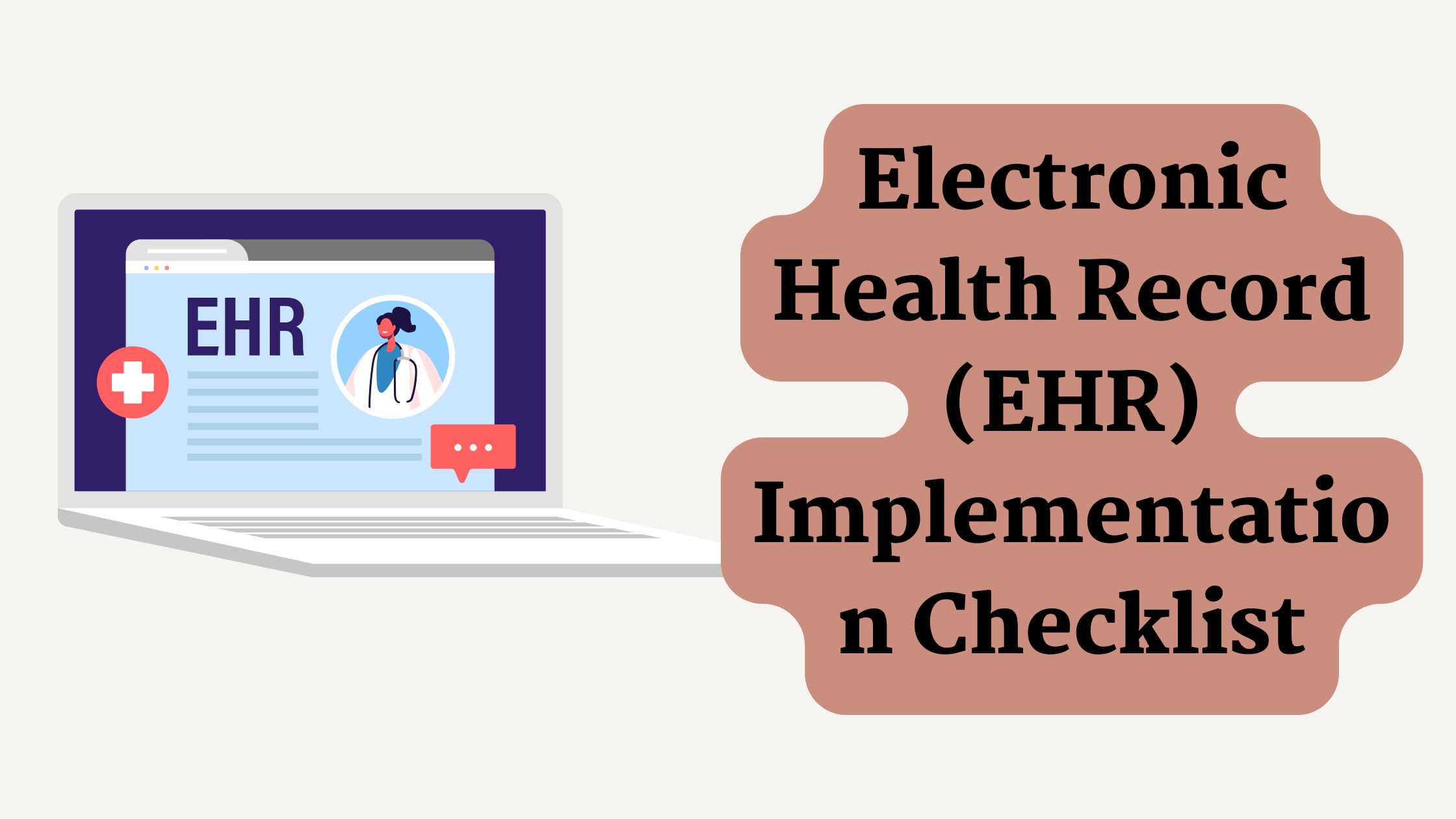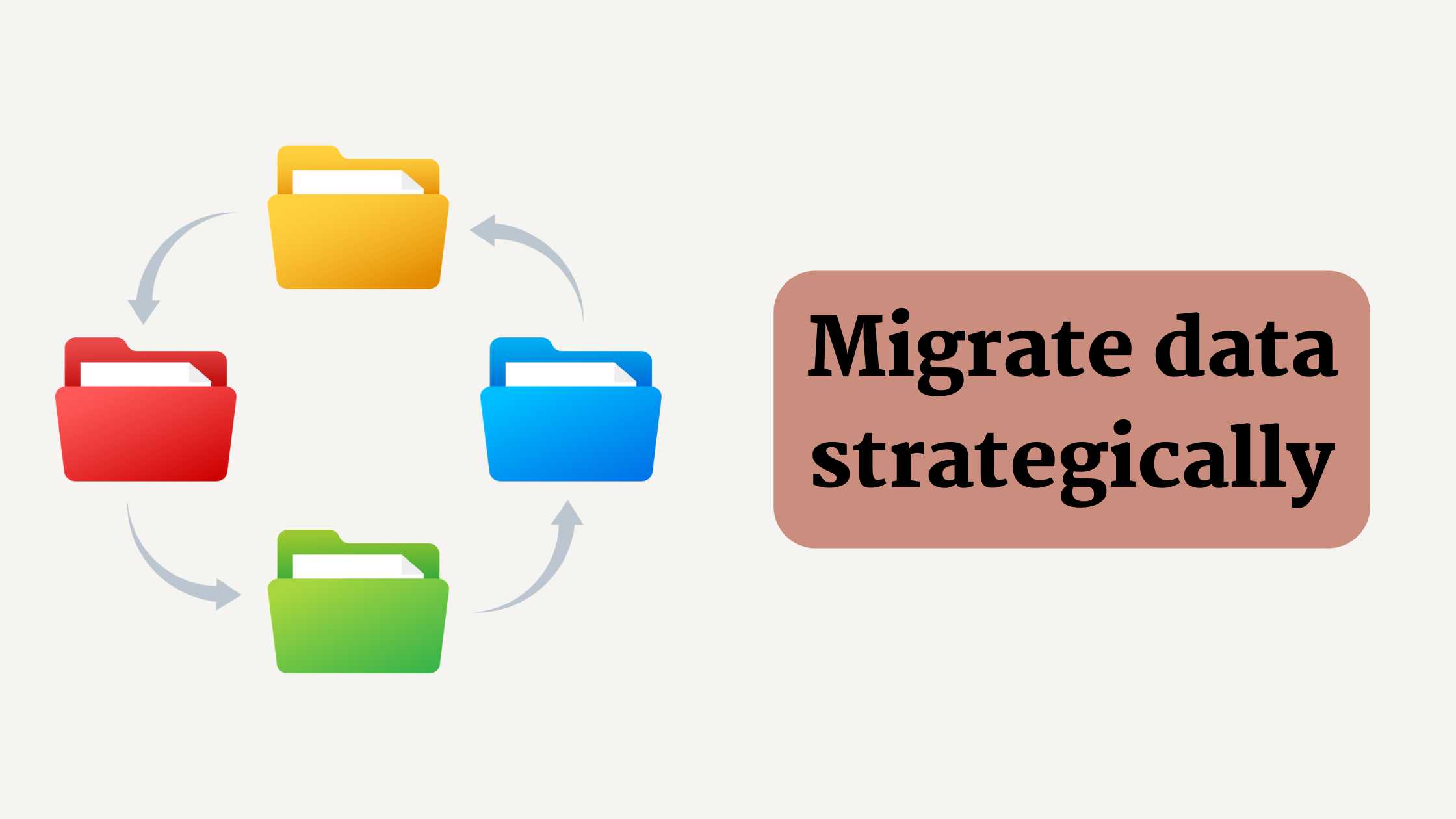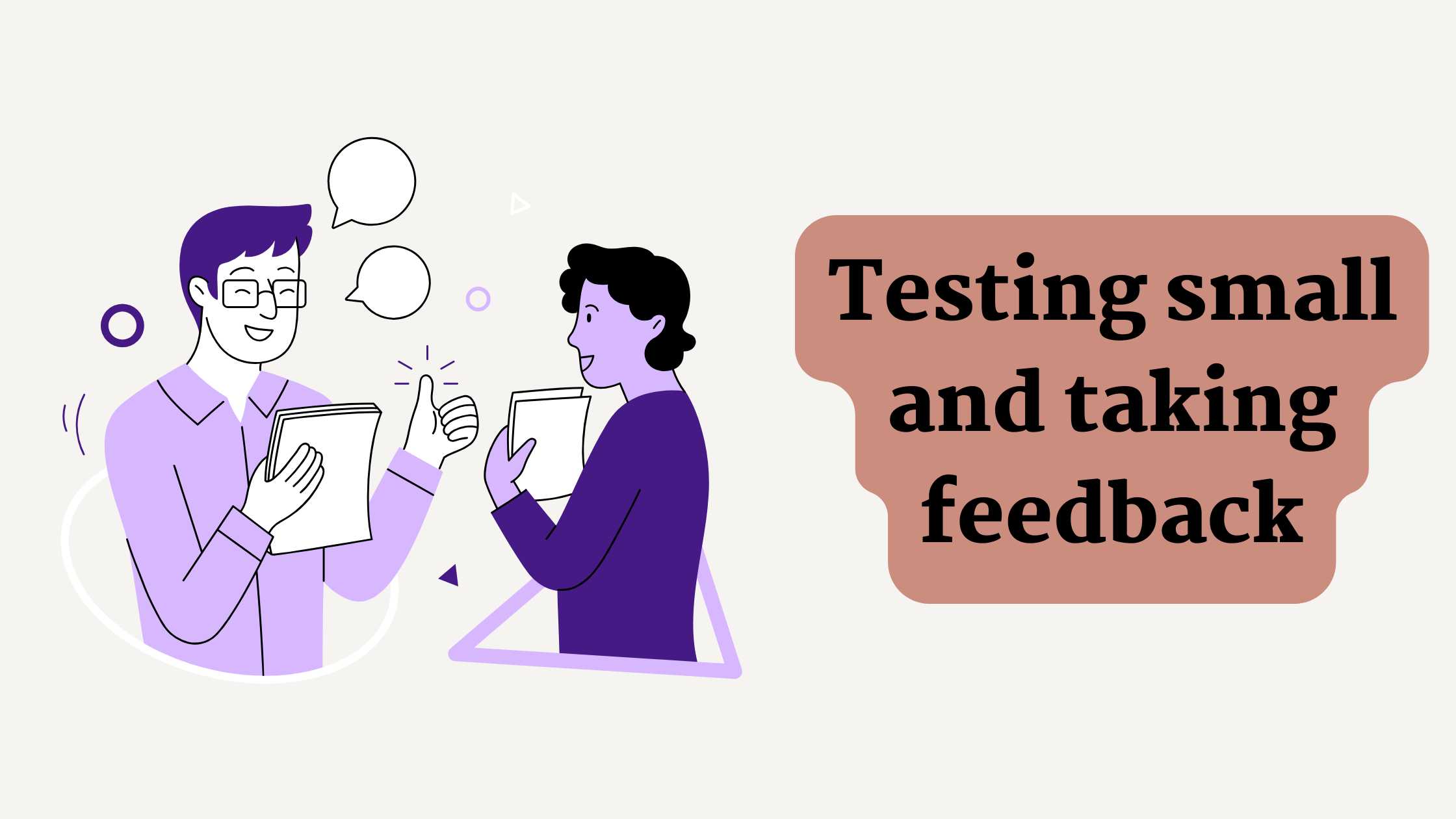
Electronic Health Record (EHR) Implementation Checklist
Switching from paper records to Electronic Health Records (EHRs) is a game-changer. EHRs boost patient care, engagement, and outcomes while streamlining the administration side of things. Yet, 30-50% of EHR implementations fail. While there are a lot of factors that contribute to that statistic, the common element is a lack of planning. If you don’t want to be part of that 50%, here’s a comprehensive checklist to guide your EHR implementation journey, infused with some fresh perspectives
1. Review the processes currently in place
Before you introduce any new software, system, or tool, it’s a good idea to evaluate your current workflow. Take a step back and examine how things are currently done at your organization.
Work with providers, nurses, clinicians, administrators, and event patients to understand how data currently flows and where it may get stuck. Look for bottlenecks and inefficiencies and think about functionalities or features that would be useful for your practice.
2. Select the right EHR vendor
Once your organization understands its starting point – it’s time to shift to picking an EHR solution. This can be a make-or-break step. There are a lot of options on the market, which can make this decision feel overwhelming. Here are a few key things to look out for:
- Interoperability – The EHR system needs to communicate seamlessly with the other systems that your hospital, clinic, or lab is using.
- Vendor reputation and reviews – Shop around and don’t fall for the first sales pitch you see. Reach out to institutions that have already adopted the EHR solution you’re considering to collect feedback on how the software is working for them.
- User-friendliness – A crucial feature for your chosen EHR system. If it’s not user-friendly, the chances of its successful adoption reduce significantly.
- Compliance checks – Does the EHR solution meet the compliance requirements (HIPAA, GDPR, FDA, etc) that your organization needs?
- Patient portals – Patients having access to their health records can result in better patient outcomes, as they feel more involved in their healthcare journey.
Alternatively, your healthcare organization can opt to develop its own fully-fledged EHR program from scratch.
3. Migrate data strategically

Migrate data strategically
Data migration is one of the most challenging steps in EHR implementation, involving not just technical aspects but also compliance with legal and healthcare standards.
Prioritize critical data
Not all data needs to be transferred right off the bat. In collaboration with clinicians, IT professionals, and administrators, create a list of essential data types that need to be migrated first. These may include:
- Patient Demographics
- Medical History
- Lab Results
- Medication Lists
- Treatment Plans
- Billing Information
Map data fields
Data mapping is used to align fields in the old system to the new EHR. This helps the data end up in the correct place and in a readable format.
Pilot testing
A random set of records can be selected post-migration to test for data integrity and accuracy:
- Data loss or corruption issues
- Verifying that the data mapping is correct
- Ensuring that clinicians can access and understand the migrated data
After successful pilot testing, initiate the full-scale migration. This should be scheduled during off-peak hours to minimize the impact on healthcare operations.
4. Train and support your people
Training is often cited as one of the most critical factors in the successful implementation of an EHR system. Poorly trained staff can cause a whole host of issues, including data errors and even patient safety risks. Consider assigning an in-house EHR champion, an individual proficient with the EHR system, that can assist others during the initial days of the transition.
Role-based training
Given that different roles within the healthcare setting will interact with the EHR differently, it’s crucial to develop role-based training modules. Here are some common interaction points for each role:
- Physicians – Need to know how to navigate patient records, order tests and medications, and document diagnoses and treatment plans.
- Nurses – Need to know how to chart patient symptoms and vital signs, manage medication administration records, and view/act on physician orders.
- Administrative Staff – Need to know how to schedule appointments, handle billing and insurance claims, and manage patient admissions and discharges.
5. Testing small and taking feedback

Testing small and taking feedback
Once the training phase is complete, the next vital step is testing the implementation. A step-by-step, careful testing strategy will help to identify problems before they can affect the broader organization.
- Start Small – Before going full scale, test the EHR system in a department or for a particular set of patients. This gives the opportunity to test the implementation under real-world conditions and allows staff to get familiar with the software before it goes organization-wide.
- Feedback Loop – Create a system (in-app reporting, hotline, or dedicated support email) where users can easily report issues or provide feedback. Prioritize reported issues by criticality and allocate resources to see any pain points fixed in a timely manner.
6. Post-implementation review
The EHR implementation journey doesn’t end once the system goes live – it’s an ongoing process. Making adjustments based on real-world use ensures that you are maximizing the investment in the EHR system while maintaining high standards of care.
Post-implementation, have monthly review sessions involving IT staff, clinicians, administrators, and other key stakeholders. The purpose of these meetings is to discuss any issues or bugs, review performance metrics and user feedback, and identify areas for improvement or optimization
Plan for success
EHR implementation signals a major technical and cultural shift for any organization. Approaching it with a comprehensive checklist helps set your sights on success right from the beginning. During the transition, your organization will surely experience some growing pains and challenges, but with a plan in place, your organization can reach its ultimate goal – better patient care.
Author
Ann Krutsko, Healthcare IT Researcher
With an eye for innovation, Ann applies her strategic thinking and deep understanding of the healthcare industry to create a solid strategy for ScienceSoft’s growth in the medical IT domain. Ann focuses her research on the needs of healthcare providers, medical device manufacturers, software startups, pharmaceutical companies, and other major market players to help tackle their challenges with technology.






